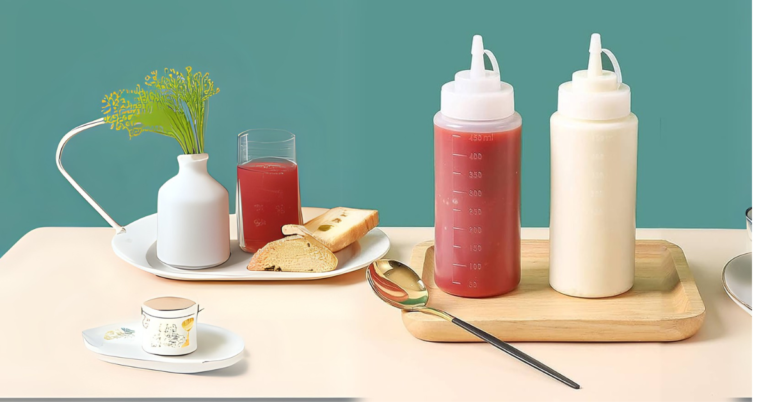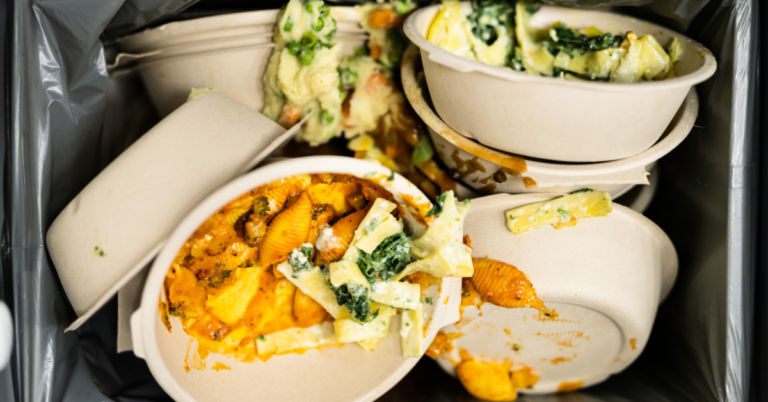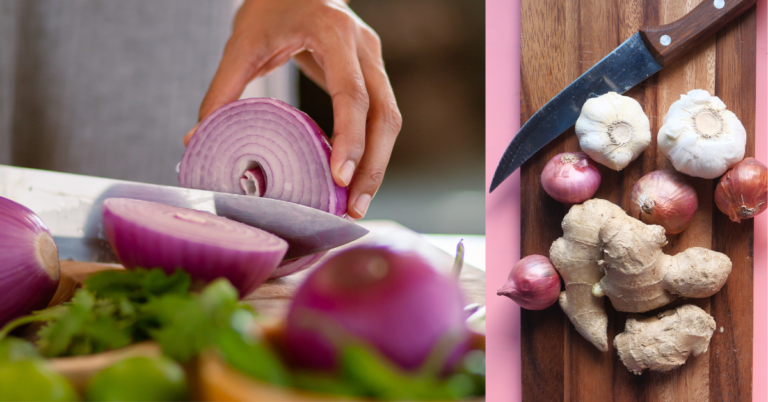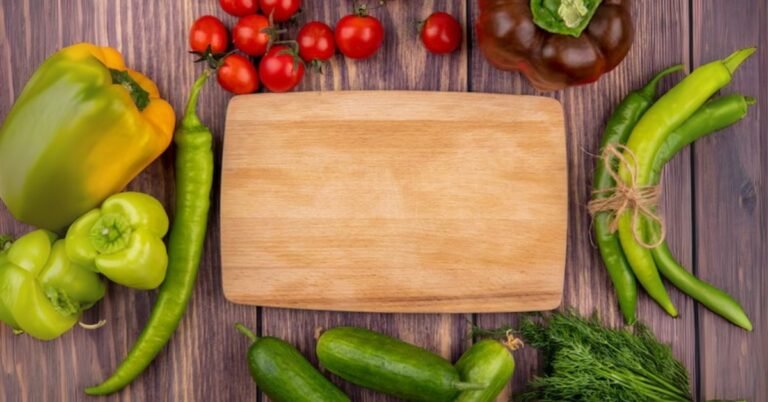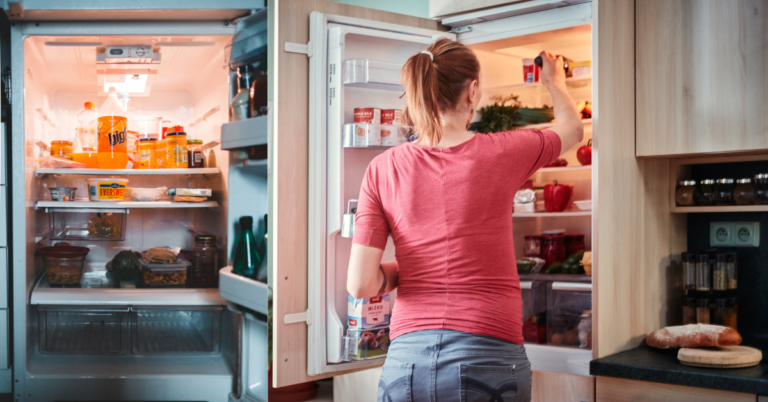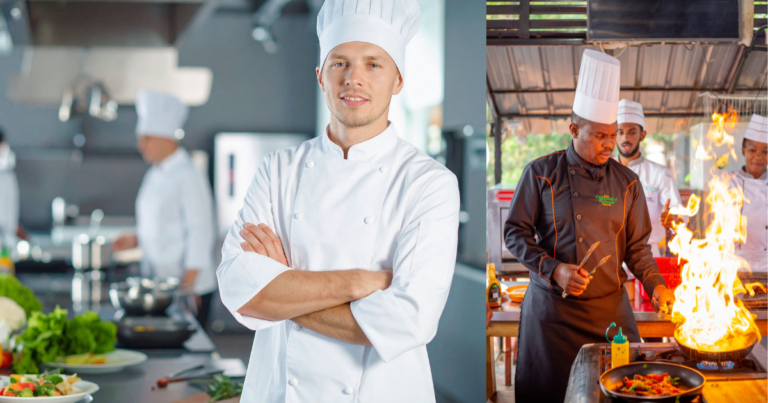Why Should You Avoid Loose Sleeves in The Kitchen + Safe Kitchen Suits
Loose sleeves can really destroy your cooking.
One moment you’re stirring, and the next, your sleeve is in the sauce or brushing a hot burner. It’s messy, risky, and honestly, a headache you don’t need.
But I got you. In this blog post I will show you why you MUST avoid loose sleeves in the kitchen and what style of kitchen suits and aprons are best so that you can yourself from the hazards and cook with confidence.
Let’s get right into it.
Why Loose Sleeves are Dangrous in the Kitchen
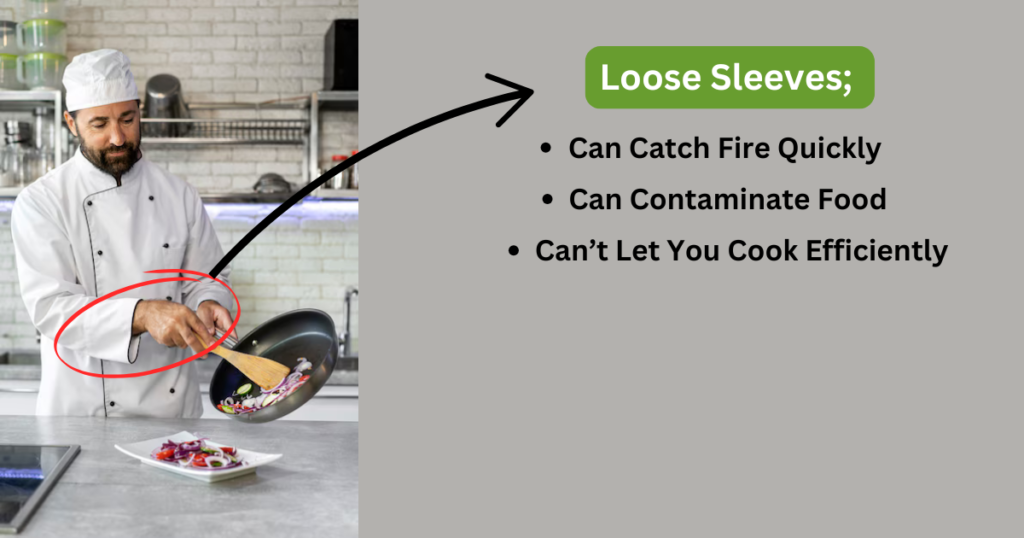
If your sleeves are loose, you are compromising on safety. And below is why you should care about it;
Loose Sleeves Catch Fire Quickly
Loose sleeves can easily catch fire from open flames or hot stovetops. One careless move, and your sleeve could catch fire, and you’re in a serious situation. Even if it doesn’t ignite, the fabric can heat up quickly and cause burns or discomfort.
Loose Sleeves Can Contaminate Food
If, like me, you are a hygiene-focused cook than you can’t cook with loose sleeves. They often dip into pots, pans, or bowls without you even noticing. This can ruin your food by introducing dirt, bacteria, or even chemicals from your clothing.
Worse, dragging a sleeve through a sauce or batter can lead to spills. It creates a mess that’s both unhygienic and frustrating to clean.
Loose Slevees Can’t Let You Cook Efficiently
Cooking requires focus and attention. But loose sleeves can be a constant distraction. You’ll find yourself rolling them up, tucking them in, or pulling them back repeatedly. These small interruptions slows you down and make cooking more stressful than it needs to be.
What To Do if Slevees are Too Long?
Quick Fixes
- Use elastic bands or hair ties to hold your sleeves in place while cooking. They’re simple and effective.
- Roll up your sleeves neatly and secure them with safety pins to keep them from slipping back down.
- Use sleeve garters or arm bands designed to keep long sleeves snug around your arms.
- Clip your sleeves back with binder clips if you’re in a pinch and need a quick solution.
- Tuck your sleeves tightly into your apron straps to keep them from dangling into food or flames.
Permanent Solutions
- Have your sleeves tailored to fit your arms properly, especially for clothing you frequently wear in the kitchen.
- Choose fitted tops or shirts with snug sleeves that won’t get in the way while cooking.
- Invest in professional kitchen suits designed with safety in mind, including properly fitted sleeves.
- Replace loose-sleeved clothing with options made from durable, heat-resistant fabrics for added safety.
- Sew or alter your loose-sleeved tops at home to make them shorter and safer for cooking tasks.
The Role of Kitchen Suits in Safety and Style
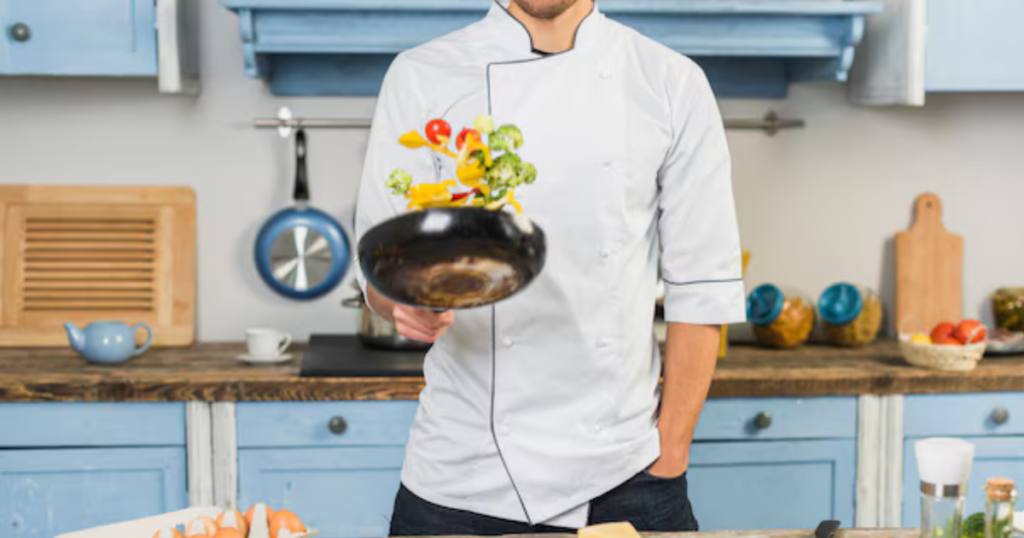
What Are Kitchen Suits?
Kitchen suits are special outfits that are designed to cook in the kitchen with safety and efficiency.
These suits minimize risks like loose sleeves catching fire or contaminating food whether you’re a professional chef or a home cook.
Key Features of Kitchen Suits
Snug-Fitting Sleeves: These suits prevents fabric from interfering with your tasks or catching flames.
Heat-Resistant Materials: Kitchen suits are often made from cotton or polyester blends, so they can withstand heat and spills.
Apron Compatibility: These suits are designed to pair with aprons for added protection.
Breathable Fabrics: Many suits use lightweight, breathable materials to keep you comfortable during long cooking sessions.
But what type or kind of kitchen suits you should choose?
I got you.
Best Styles of Kitchen Suits
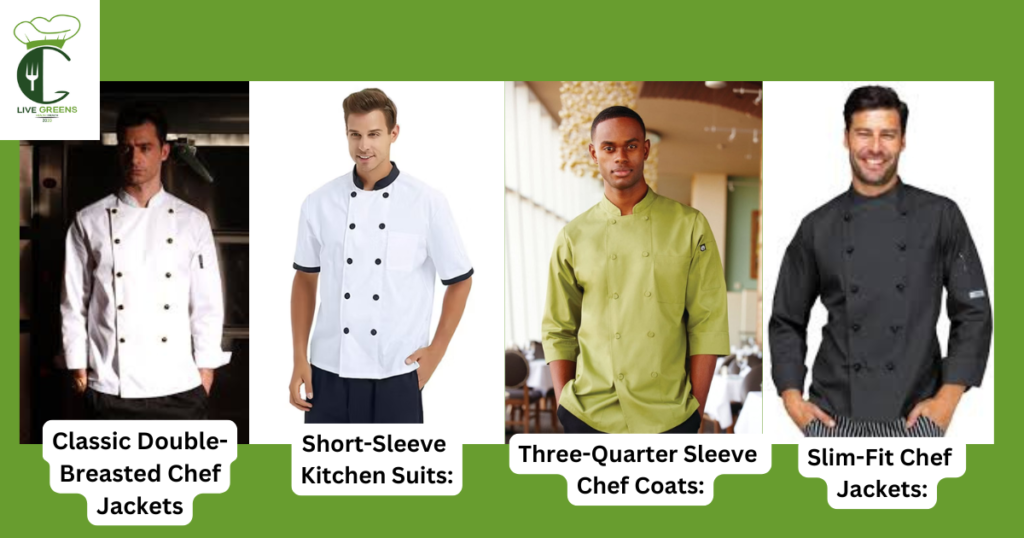
Classic Double-Breasted Chef Jackets: This style is timeless and offers excellent coverage and a professional look. This suit also gives an extra layer of protection against spills.
Slim-Fit Chef Jackets: These jackets are perfect for a modern, sleek appearance. This type of suit fit closer to the body and reduces fabric movement while maintaining comfort.
Three-Quarter Sleeve Chef Coats: This is an ideal kitchen suit for cooks who want protection without the hassle of long sleeves. These coats cover you fully and also give freedom of movement.
Short-Sleeve Kitchen Suits: Short sleeves are great for home cooks or chefs in warmer kitchens. They keep you cool while reducing risks associated with long sleeves.
Utility Chef Jackets: These include features like extra pockets for tools or thermometers, blending practicality with style.
Why Invest in Kitchen Suits?
These 4 are the reasons kitchen suits are the best investment.
- Reduce the risk of burns, spills, and contamination.
- Perfect for personal chefs or anyone who wants to look polished in the kitchen.
- High-quality kitchen suits last longer, making them a smart investment.
- Machine washable and stain-resistant options make maintenance easy.
The right kitchen suit means the safety, comfort and easy cooking.
Aprons: Another Hack To Manage the Loose Sleeves
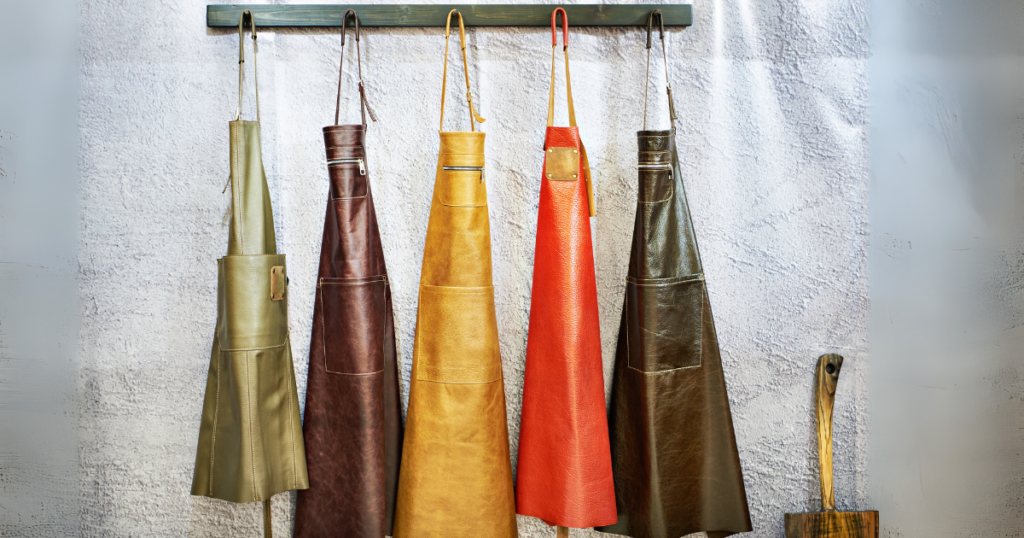
How Aprons Imrove Kitchen Safety?
Aprons add a protective layer to your kitchen suit and are essential for safe and efficient cooking. They shield your clothes from spills, stains, and splashes and keeps you clean and focused. Aprons also help secure loose clothing which includes long sleeves. They reduce the risk of accidents near flames or food.
How to Choose the Right Apron
Adjustable Straps: Opt for aprons with adjustable neck and waist straps to ensure a snug, secure fit.
Sleeve Guards: Some aprons come with built-in sleeve guards, adding an extra layer of protection for your arms.
Durable Materials: Choose aprons made from heat-resistant and easy-to-clean fabrics like cotton or polyester blends.
Length and Coverage: Look for aprons that provide full coverage, especially if you cook with high heat or handle messy ingredients.
Pocket Features: Aprons with pockets can hold small tools, keeping your hands free and your workflow smooth.
Dress Smart, Cook Safe.
Loose sleeves dangers are too significant to ignore. You either do some quick fixes or invest in a proper kitchen attire, like snug-fitting kitchen suits and protective aprons.
Want to read more helpful blog like this? Visit my blog section. Or looking for a personal chef who can cook delicious meals for you? Contact me.
FAQs
You might be wondering…
Absolutely. Loose sleeves can catch fire, drag into food, or knock over utensils and pots. These risks aren’t limited to professional kitchens…they’re just as dangerous in a home cooking environment.
Cotton and polyester blends are ideal for kitchen clothing. These materials are heat-resistant, breathable, and durable, offering protection against burns and spills while keeping you comfortable during long cooking sessions.
You can use elastic bands or sleeve garters to hold sleeves in place. Folding and securing them with clips or pins is another easy and effective temporary solution, especially when you’re short on time.
Short-sleeve suits are great for reducing risks from loose fabric, especially in warm kitchens. However, long-sleeve suits with snug cuffs provide added protection against burns, splashes, and other hazards, making them a safer choice overall.
Yes, most professional chefs prefer kitchen suits for their safety and efficiency. These suits offer a professional appearance while minimizing risks, making them an essential part of a chef’s daily attire.

